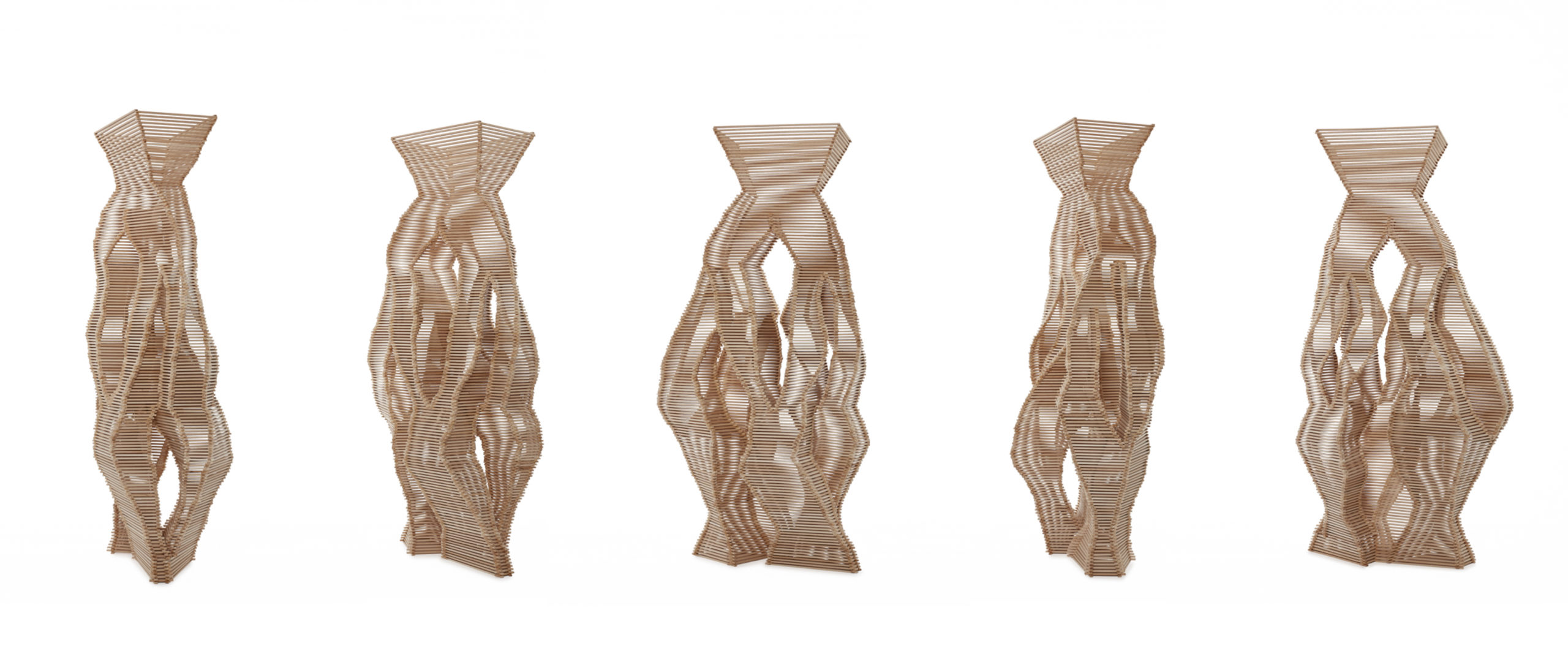
Every designer makes an overwhelming number of decisions regarding the way the built environment appears and how it is experienced. Composition is the foundation of those decisions. Unfortunately we are losing our authority to critically discuss or evaluate composition. Beauty is in the eye of the beholder…correct?
Rather than establishing composition as a critical body of knowledge and developing our credentials as compositional experts, we have retreated into modes of “rational thinking.” This retreat renders our intuition, feelings and personal experiences invalid when composing the built environment or evaluating design decisions.
The composition above shows multiple angles of the same sculpture entitled reaping the whirlwind. Given ample time to study this sculpture, it is impossible to reconstruct the entire sculpture accurately in one’s mind.
I know this because I made it and even I am unable to do it. Interestingly, you do retain a clear feeling or sense of the work. This is a powerful example of how our brains experience the world. The rational mind can’t fully comprehend what we experience at any given moment—it is far too complex. Our feelings and intuition are the cognitive tools we use to navigate situations that exceed the capacity of our quantitative reasoning. I would never suggest we abandon or reduce the importance of rational, quantitative thinking, but rather we must elevate and recognize the value of rigorously training our compositional skills—our feelings and intuitions.
